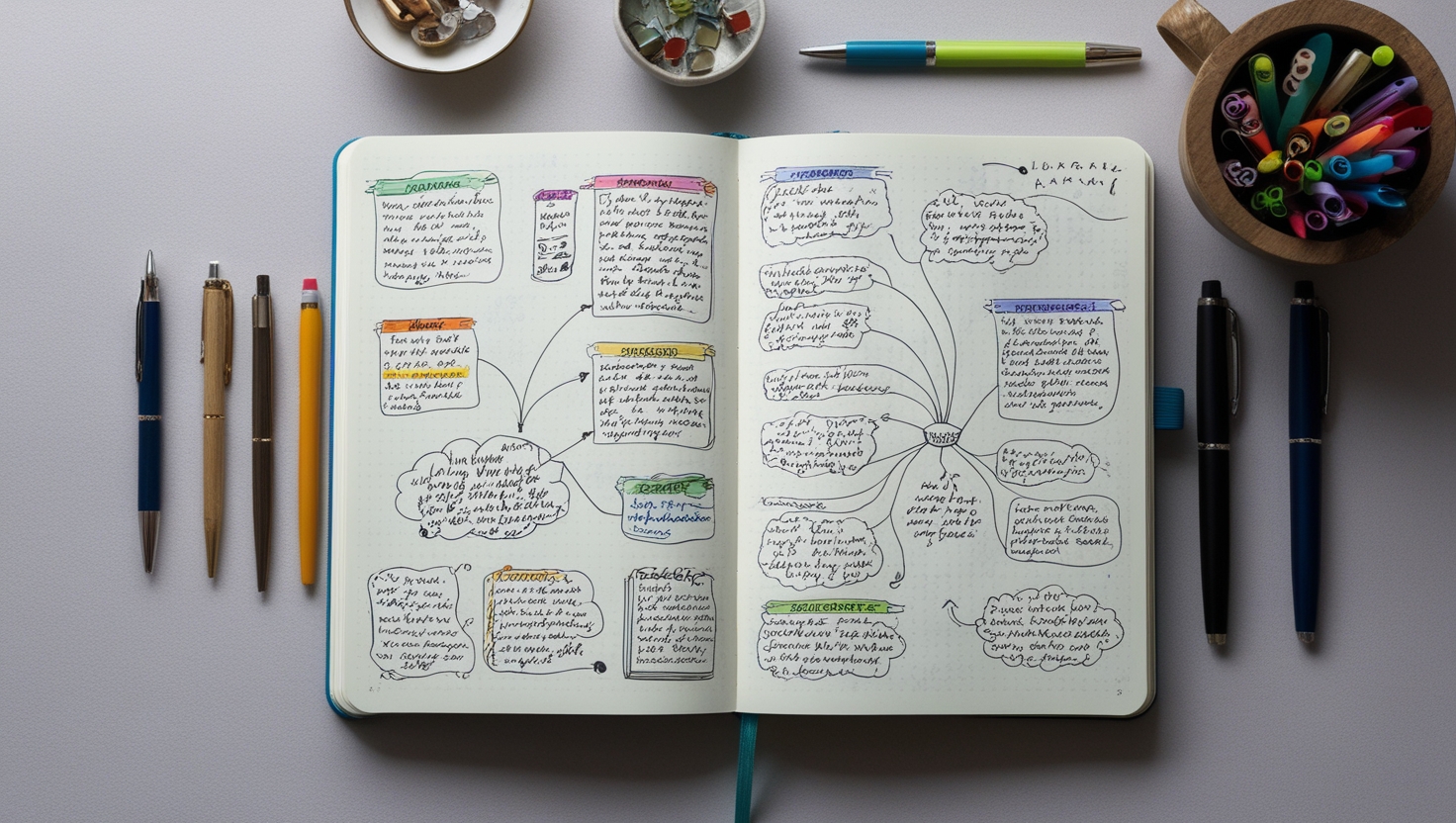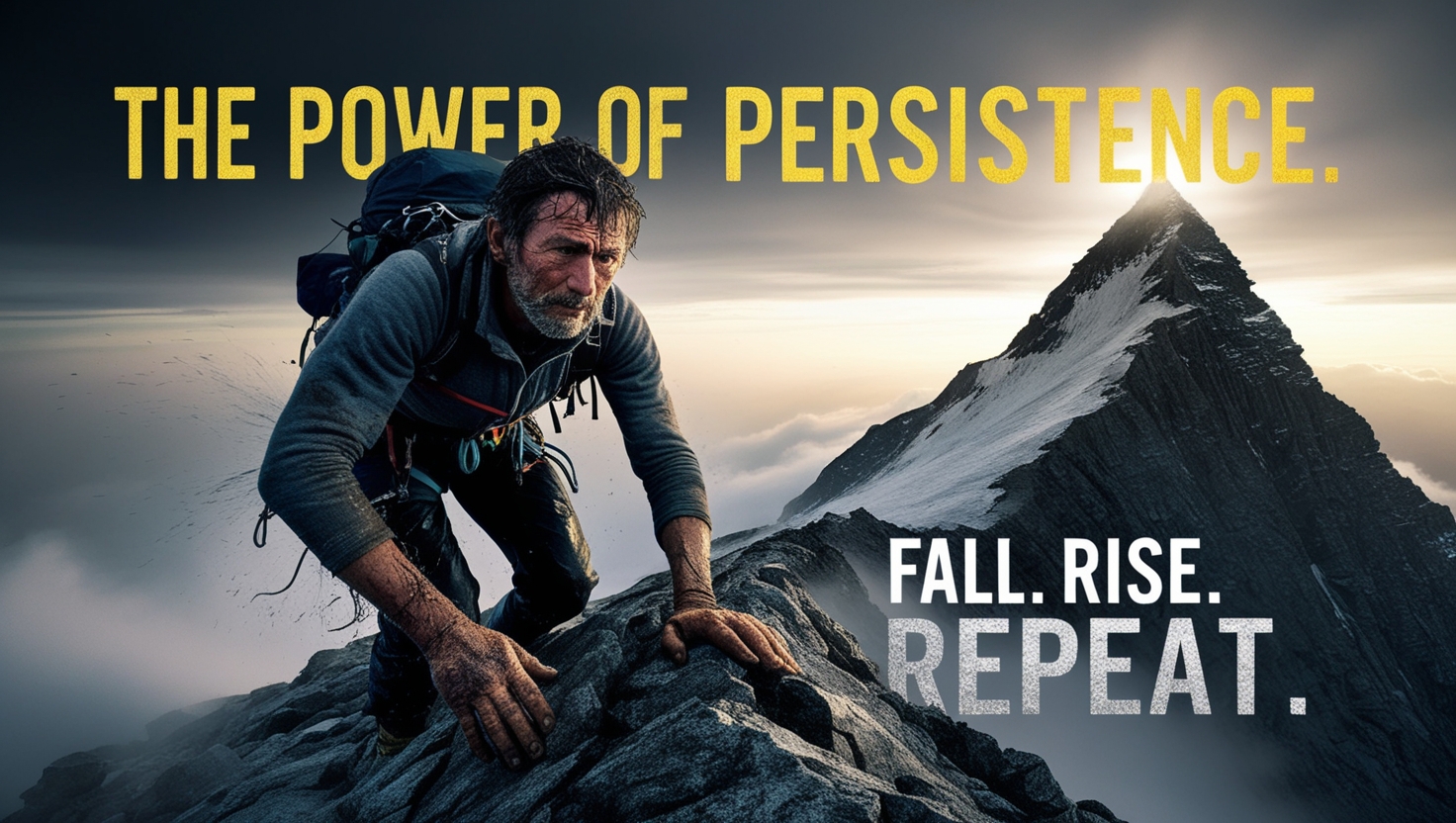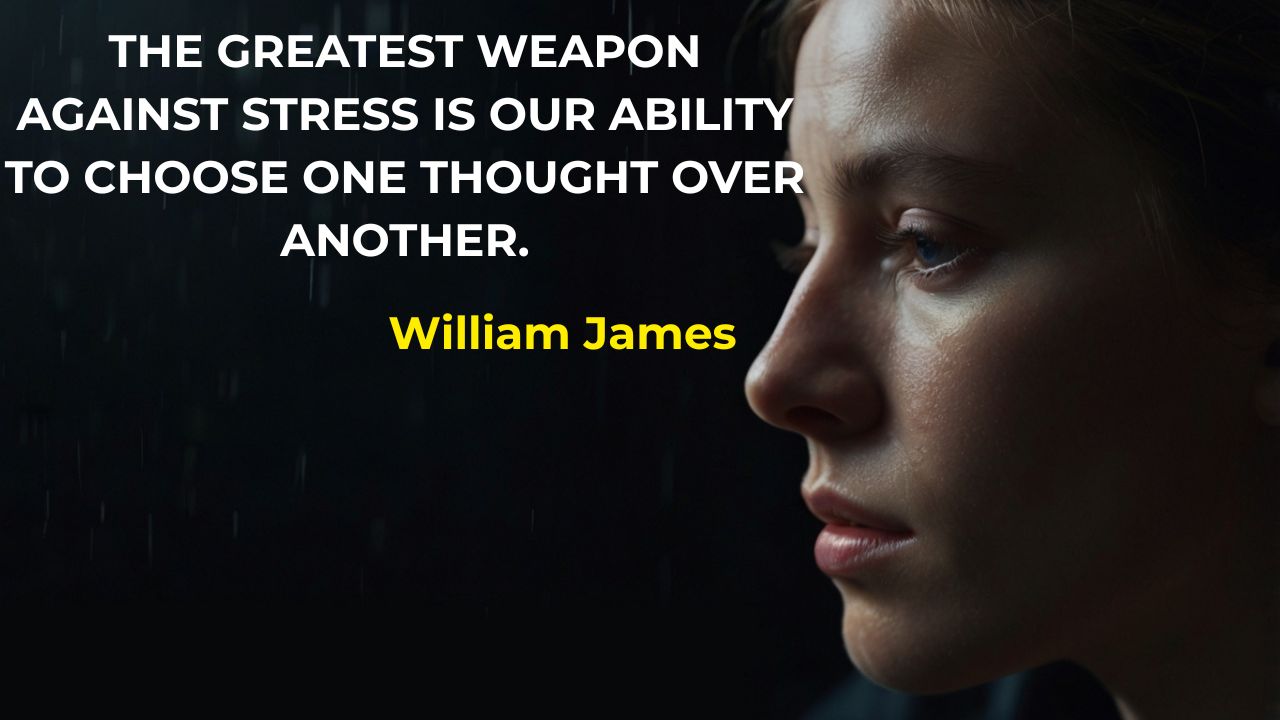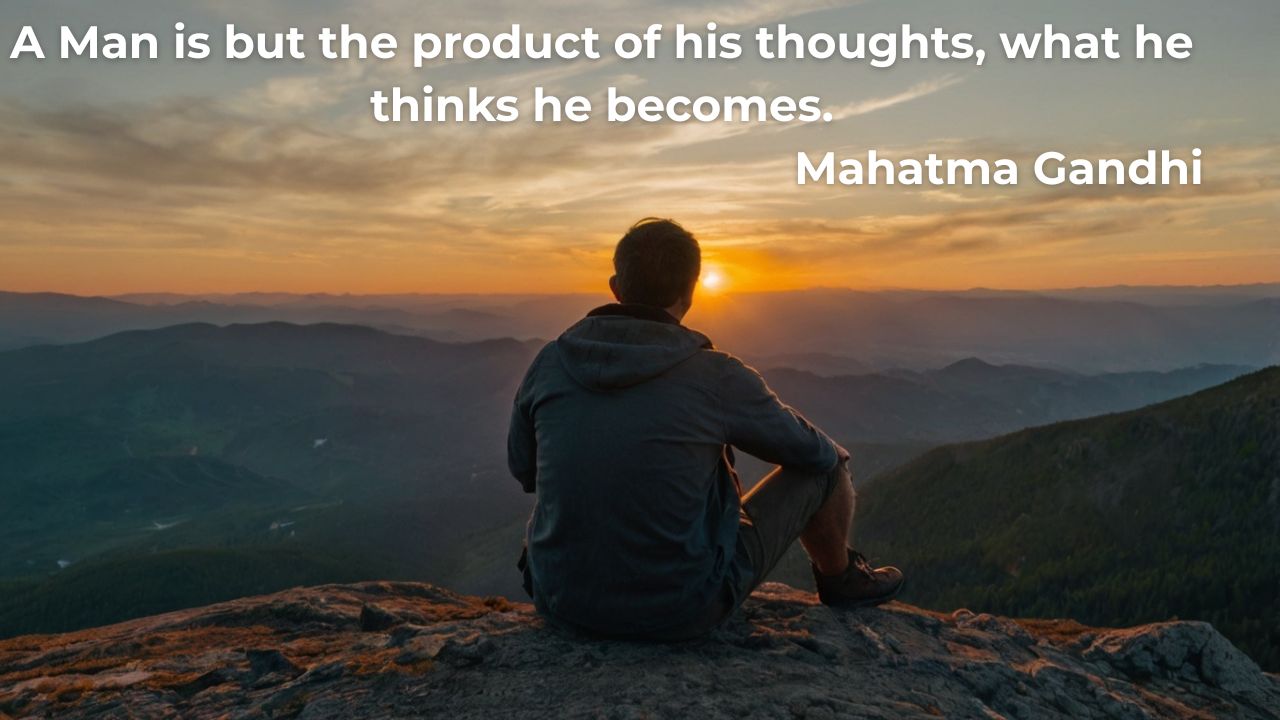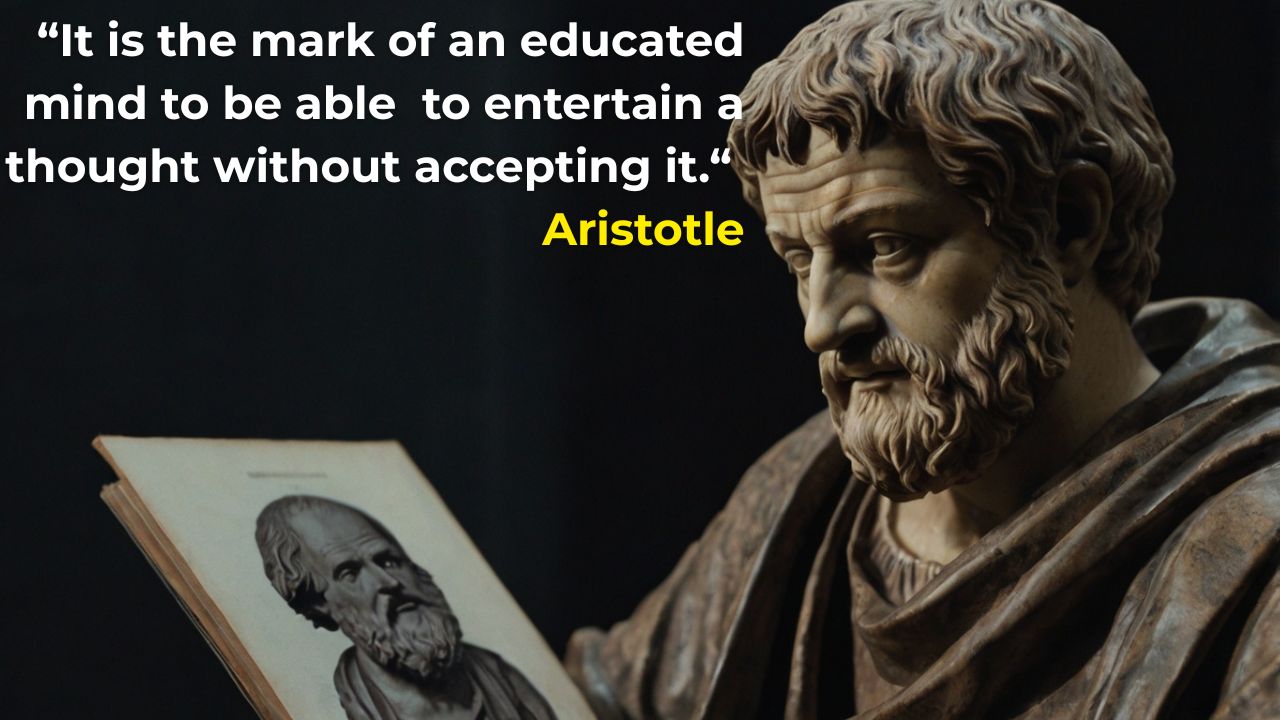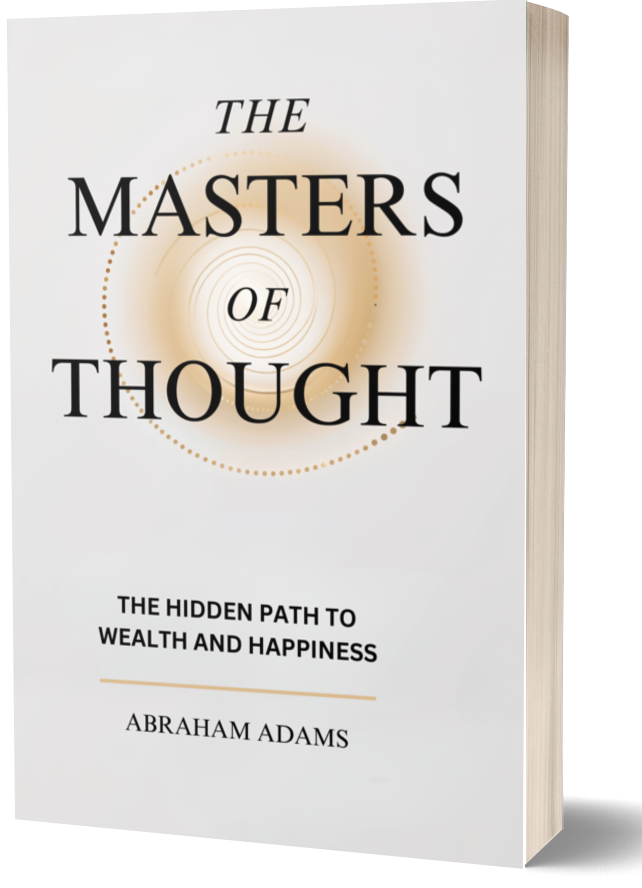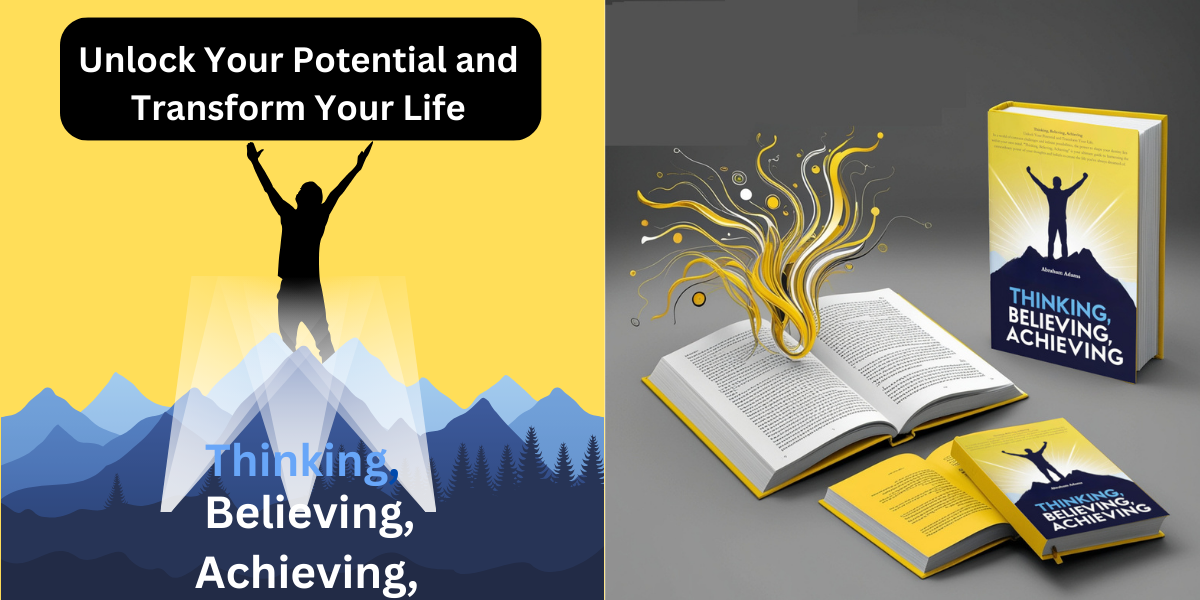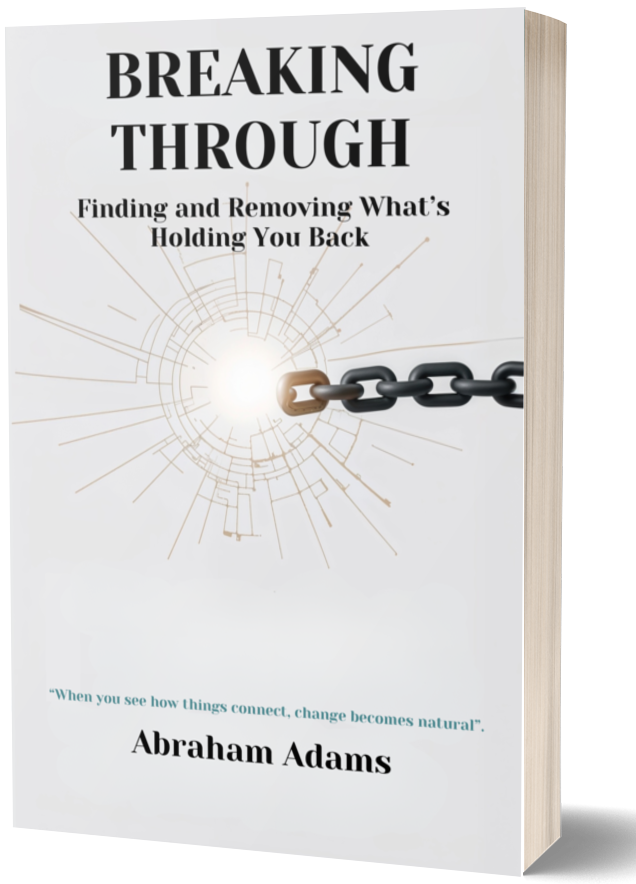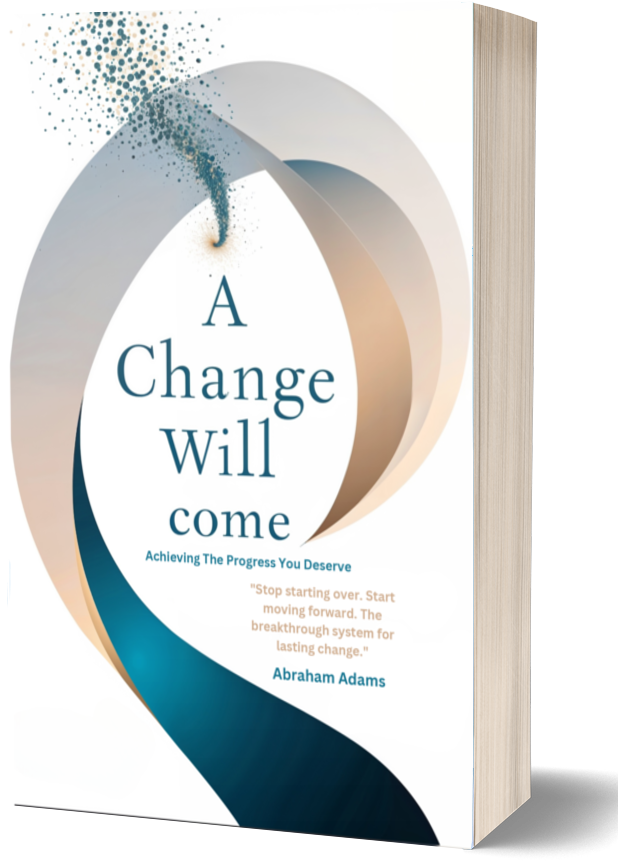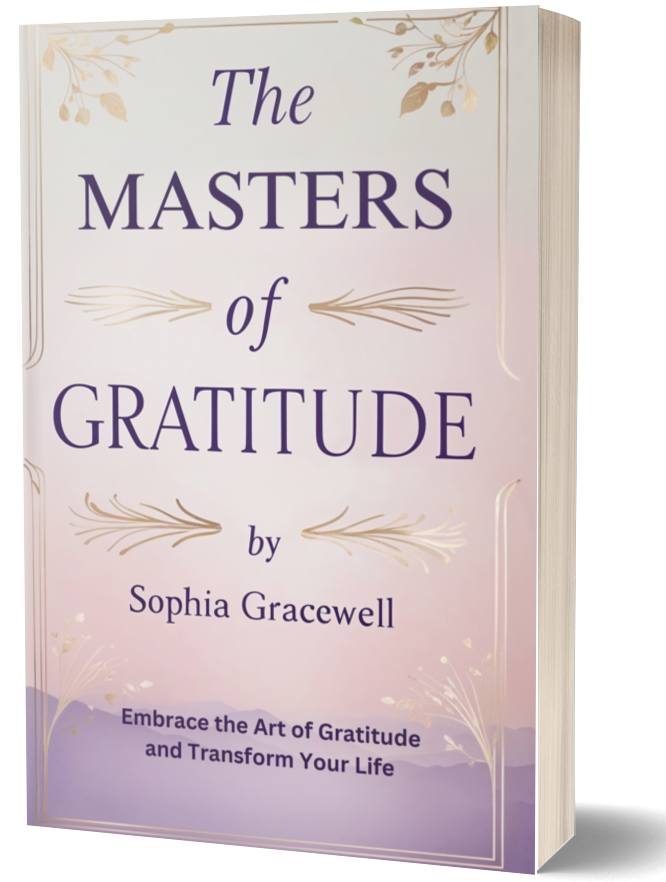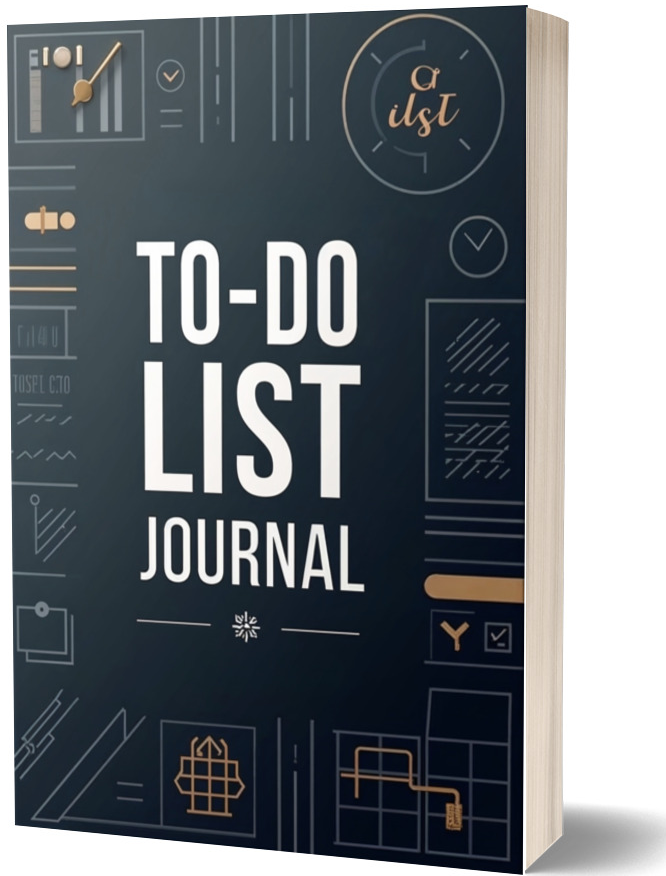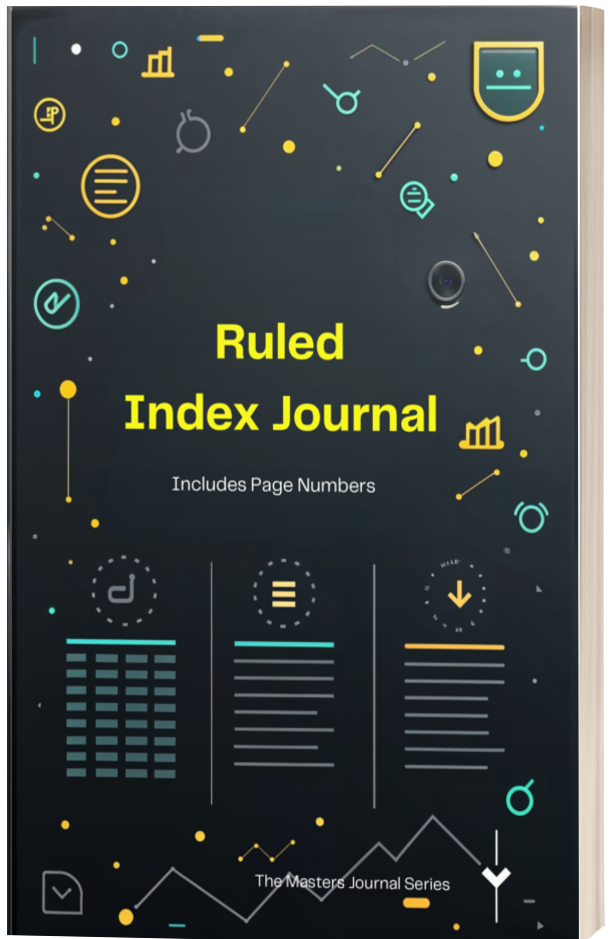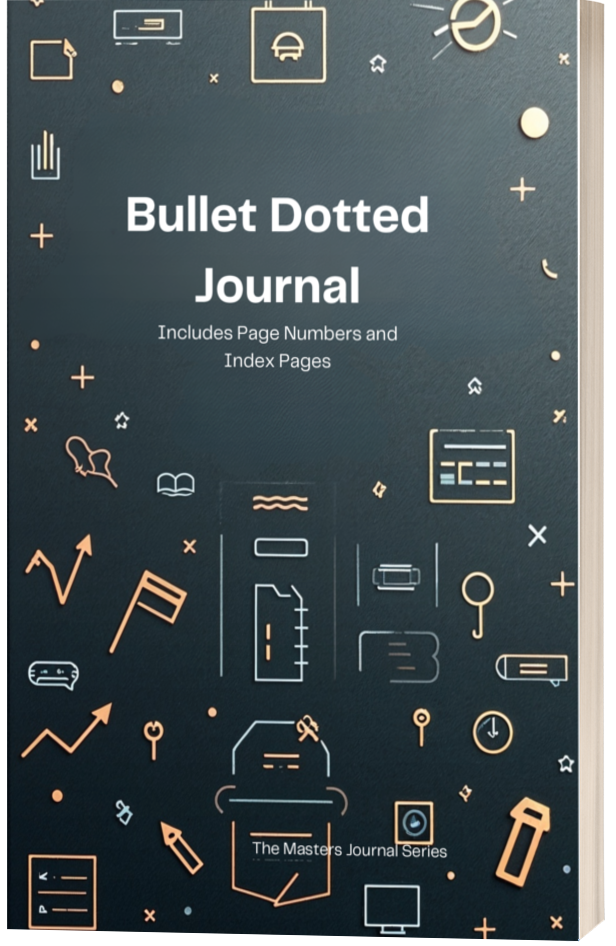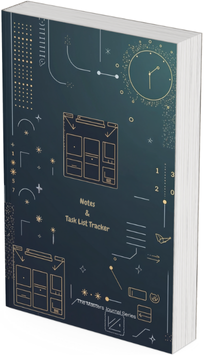What Are Thinking Tools?
Thinking tools are strategies, frameworks, or instruments designed to enhance cognitive processes such as problem-solving, decision-making, creativity, and analysis. These tools help structure thought, improve clarity, and generate insights, making them invaluable for personal development, education, and professional use.
---
**List of Thinking Tools**
**1. Brainstorming Tools**
- **Mind Mapping**: Visual diagrams that connect ideas around a central concept (e.g., MindMeister, XMind).
- **Idea Boards**: Physical or digital boards for jotting down and organizing ideas (e.g., Trello, Notion).
**2. Critical Thinking Tools**
- **The Five Whys**: A questioning method to uncover the root cause of a problem by asking \"why\" repeatedly.
- **Socratic Questioning**: A method of challenging assumptions and exploring deeper truths.
- **SWOT Analysis**: A structured framework for evaluating Strengths, Weaknesses, Opportunities, and Threats.
**3. Decision-Making Tools**
- **Decision Matrix**: A tool to evaluate multiple options based on set criteria (e.g., weighted scoring models).
- **Cost-Benefit Analysis**: A method to weigh the pros and cons of a decision.
- **Pareto Principle (80/20 Rule)**: Focus on the 20% of activities that yield 80% of the results.
**4. Creative Thinking Tools**
- **SCAMPER Technique**: A checklist for generating ideas by Substituting, Combining, Adapting, Modifying, Putting to other uses, Eliminating, and Reversing elements.
- **Random Word Generator**: A tool for sparking new ideas by associating random words with a problem.
- **Lateral Thinking Puzzles**: Exercises to encourage out-of-the-box thinking.
**5. Analytical Thinking Tools**
- **Flowcharts**: Diagrams that represent processes and decisions (e.g., Lucidchart, Draw.io).
- **Fishbone Diagram (Ishikawa)**: A tool to analyze cause-and-effect relationships.
- **Force Field Analysis**: A method to visualize the factors that support or hinder change.
**6. Visualization Tools**
- **Kanban Boards**: Tools to manage tasks visually, using columns for workflow stages (e.g., Asana, Jira).
- **Bubble Maps**: Tools to explore relationships between concepts.
- **Gantt Charts**: Tools to plan and track project timelines.
**7. Reflection and Introspection Tools**
- **Journaling**: Writing exercises to explore thoughts and emotions.
- **Gratitude Logs**: Lists or notes focused on things you are grateful for.
- **Meditation Apps**: Tools like Calm or Headspace to foster mindfulness and clarity.
**8. Problem-Solving Tools**
- **Root Cause Analysis**: Techniques like cause mapping to pinpoint the source of issues.
- **Six Thinking Hats**: A method by Edward de Bono to look at problems from multiple perspectives (logic, emotion, creativity, etc.).
- **Rubber Duck Debugging**: Explaining a problem aloud to clarify thoughts and uncover solutions.
**9. Communication and Collaboration Tools**
- **Dialogue Mapping**: Visualizing discussions to organize thoughts and find common ground.
- **Concept Mapping**: A diagram tool for structuring knowledge and identifying key relationships.
- **Shared Digital Workspaces**: Tools like Miro or MURAL for collaborative brainstorming.
**10. Cognitive Bias Awareness Tools**
- **Debiasing Checklists**: Frameworks to identify and mitigate biases in thinking.
- **Cognitive Bias Codex**: A visual representation of biases to recognize and avoid them.
- **Pre-Mortem Analysis**: Imagining potential failures before they occur to prevent them.
---
**How to Use Thinking Tools**
1. **Identify Your Need**: Clarify whether you’re solving a problem, generating ideas, or reflecting on a situation.
2. **Select the Right Tool**: Choose a tool suited to the task (e.g., use mind mapping for brainstorming or SWOT for decision-making).
3. **Apply Consistently**: Use the tool regularly to develop mastery and make it part of your workflow.
4. **Reflect on Outcomes**: Evaluate the effectiveness of the tool and adjust your approach as needed.
Thinking tools are adaptable and can be combined to suit complex scenarios.
- Audio Articles
- Audio Articles 1
- Audio Articles 2
- Audio Articles 3
- Audio Articles 4
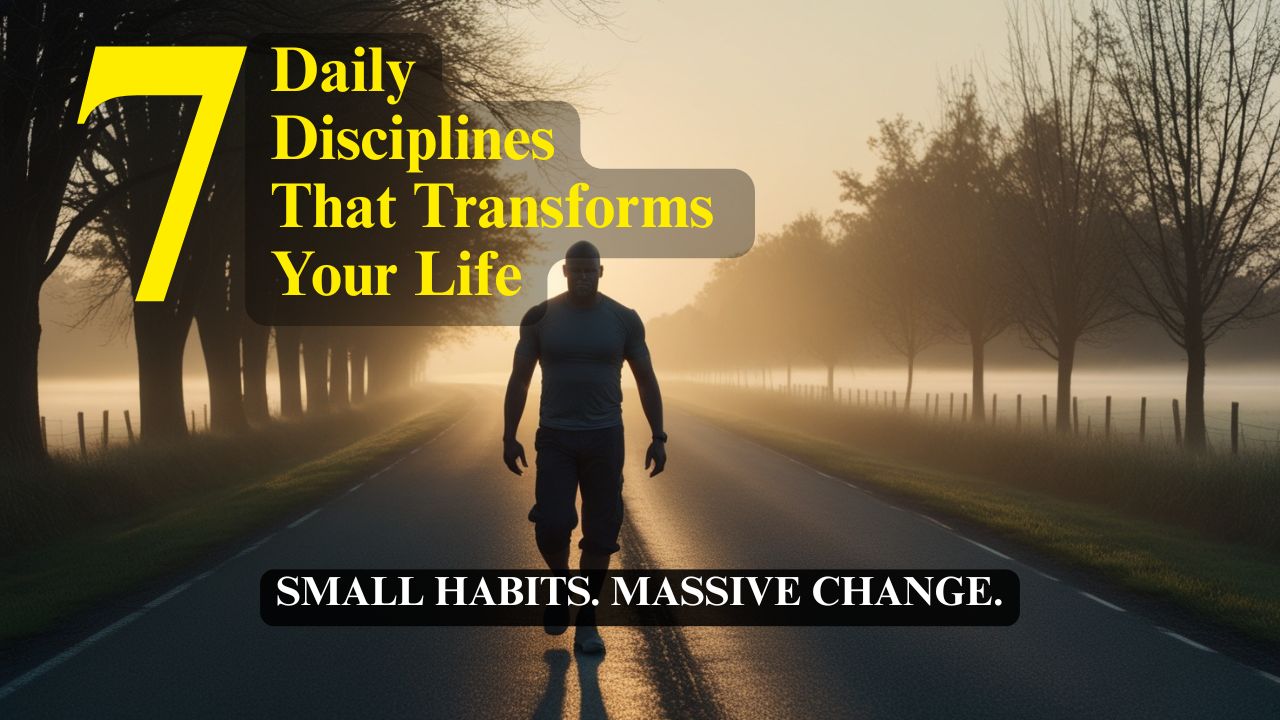
7 Daily Disciplines That Transform Your Life
The power to act with intention, to align your actions with your values, and to move steadily toward a life of purpose—even on days you don't feel like it.
Read Full Article
How to Build Unbreakable Discipline
Discipline is built—habit by habit, choice by choice, day by day. And the most powerful kind? The kind that doesn’t crack under pressure. The kind that becomes part of who you are.
Read Full Article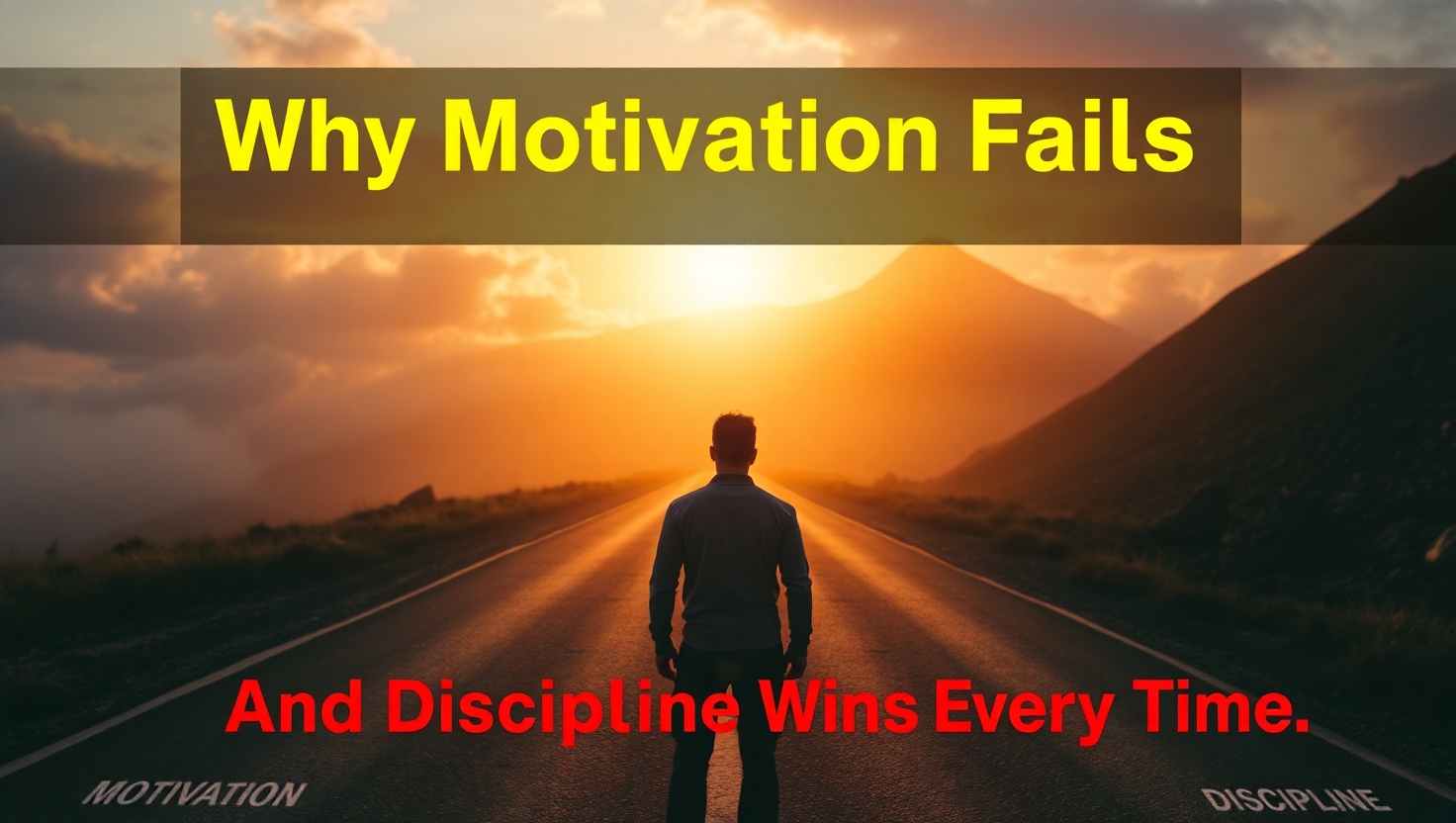
Why Motivation Fails And Discipline Wins Every Time
We all love the feeling of motivation—that surge of energy, that rush of inspiration that makes everything seem possible. But here’s the problem: motivation is unreliable. It’s emotional. It comes and goes. And if your goals rely on you “feeling like it,” you’re already in trouble.
Read Full Article
Discipline Over Desire
Desire is loud. It burns bright, talks fast, and loves to dream. But desire alone doesn't achieve much. Every person has desires. Very few have the discipline to bring them to life.
Read Full Article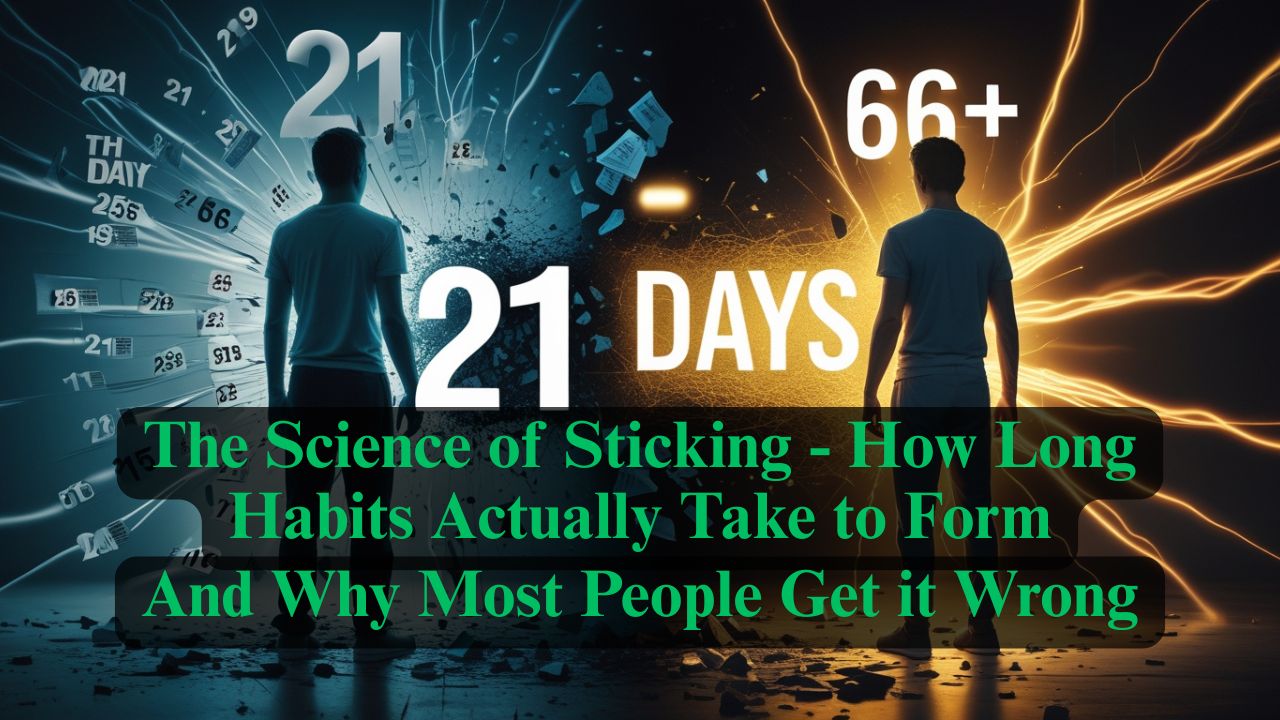
The Science of Sticking
If you've ever tried to build a new habit, you've probably heard that it takes 21 days. This number gets thrown around so often that it feels like scientific fact.
Read Full Article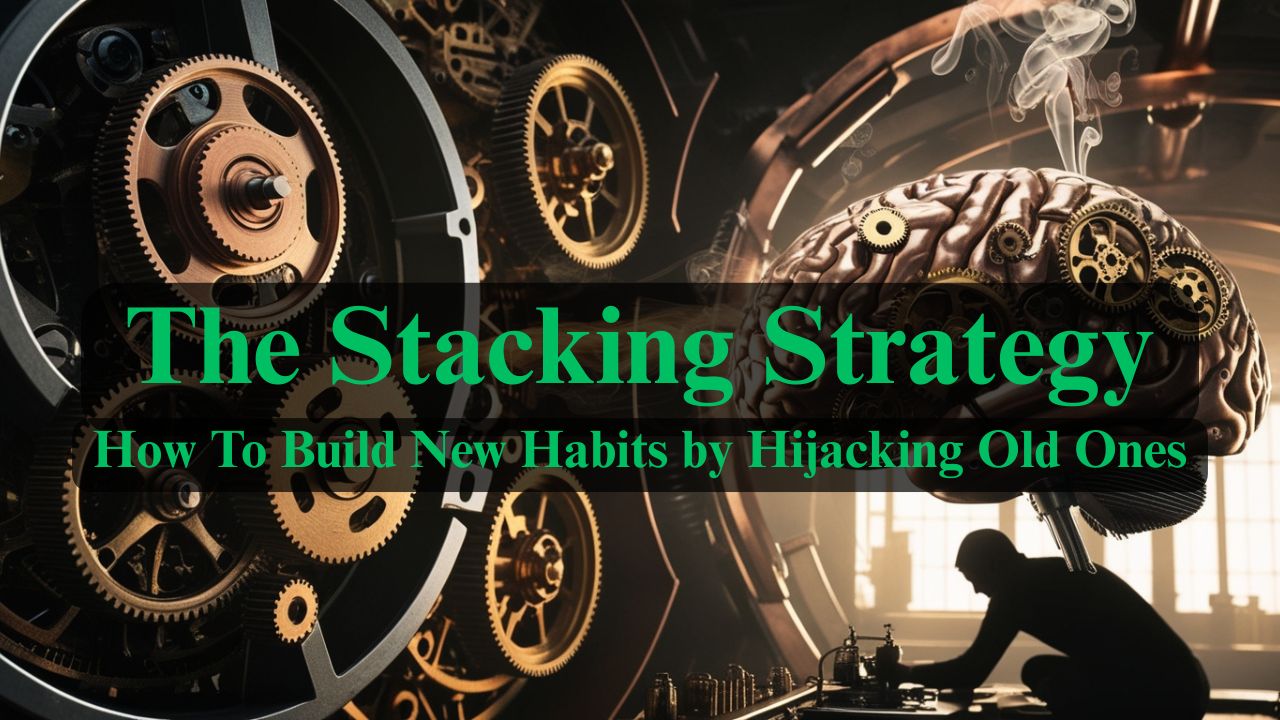
The Stacking Strategy
What if I told you that the habits you already have—even the ones you consider "bad"—could become the secret weapons for building the habits you want?
Read Full Article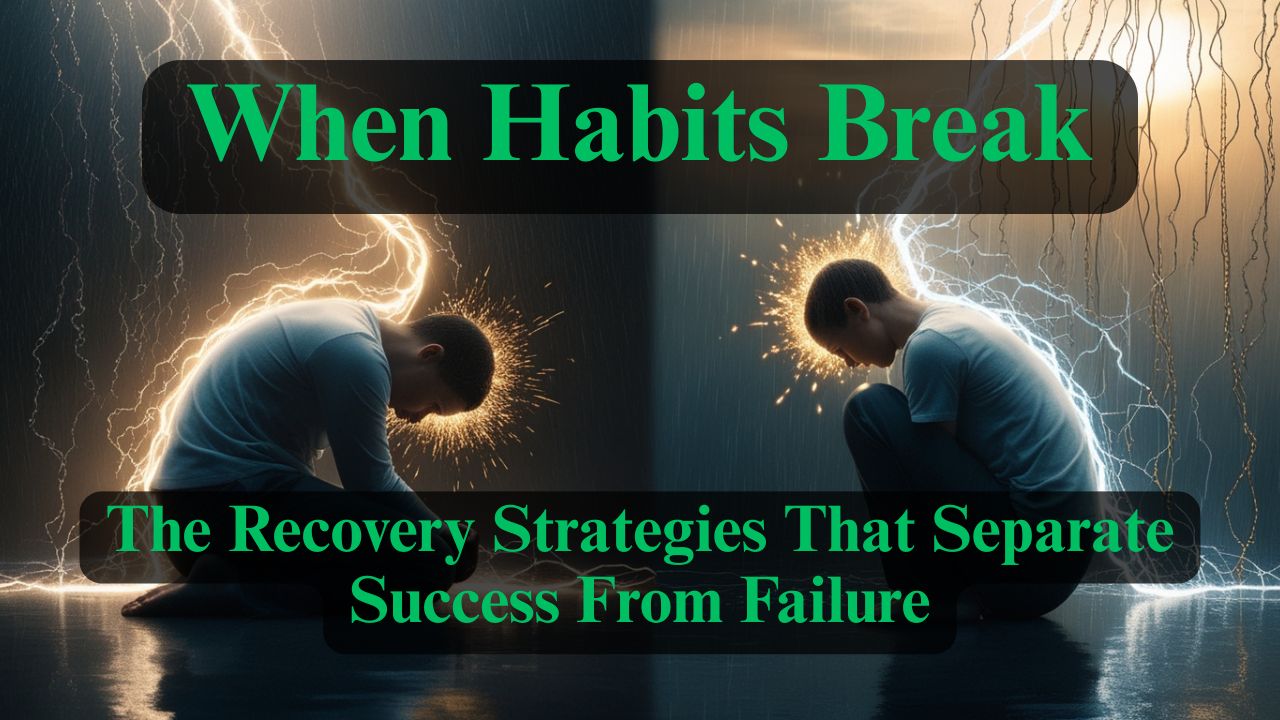
When Habits Fail - The Recovery Strategies That Separate Success From Failure
Here's what nobody tells you about building habits: you will fail. You'll miss days. You'll fall off track. You'll have weeks where everything falls apart.
Read Full Article
The Ultimate System - Designing a Life Where Good Habits Are Inevitable
You've learned to recognize habits, understand their formation timeline, stack them strategically, and recover from setbacks.
Read Full Article
